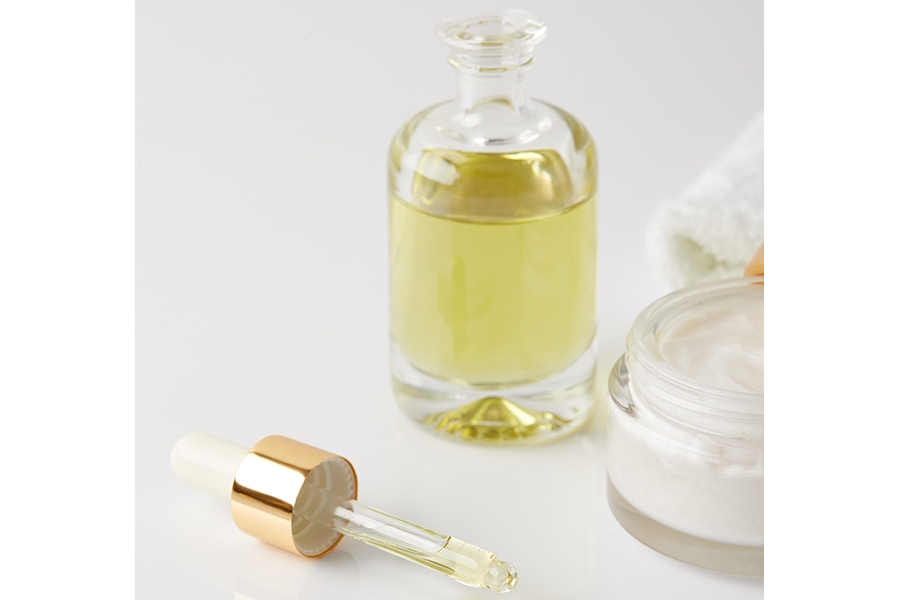The role of the mitochondria in promoting younger skin has become a highly marketed subject in the skin care industry. As an aesthetician, it becomes increasingly challenging to understand and keep pace with the latest technology and most advanced ingredients in skin care products. This sometimes causes confusion or misrepresentation of the science and how the cells function. This article will provide an explanation of the mitochondria and how bioactive peptides can influence the health of the skin.
A mitochondrion (mitochondria is the plural form) is an organelle within the cell. An organelle is composed of a number of molecules or chemicals that perform very specific and individual functions. These organelles are found in most eukaryotic cells. The mitochondria are also described as the “powerhouse of the cell” because they generate most of the cell’s adenosine triphosphate (ATP). The number of mitochondria in a cell is directly related to the activity of the cell. In fact, frequent bouts of exercise can increase the number of mitochondria inside muscle cells. This is why elite athletes typically have an increase in mitochondrial density in their muscles. It is possible to build more mitochondria per unit of muscle mass which helps to provide the ATP required for high level sports performance.1 How does the mitochondria produce ATP? The foods consumed – like protein, carbohydrates, and fats – provide the energy needed to sustain cellular function to overall health. When carbohydrates, fats, or proteins are consumed, they are broken down in the digestive tracts and are ultimately reabsorbed into the bloodstream. The process of transporting substances in and out of cells requires a lot of energy. In addition, oxygen is needed to release the energy that is stored in food. The energy released is ATP. The process of oxidizing glucose and releasing carbon dioxide is a process called cellular respiration. Approximately 30 molecules of ATP can be produced from one molecule of glucose.2
ATP is used in intracellular energy transfer that is constantly recycled and is the primary energy source for the majority of cellular functions.2 If the mitochondria does not have energy, it will go through apoptosis (die). It would be logical to conclude that the mitochondria’s lack of energy, or inability to provide energy, can then be considered a cause of aging skin.
How do peptides influence the mitochondria? Cells communicate through receptors called signal transduction.1 Peptides essentially transport proteins through the active transport. This is where the message is received by the cell and the cell can perform a specific function. However, in order for the cell to actually receive the message, the peptide must be bioactive, meaning it must have an effect upon a living organism, tissue, or cell.3
Bioactive peptides must:
• carry the correct message
• meet the threshold requirements of the cell (having the right concentration produces visible responses or results)
• fit into a biological feedback loop (providing homeostasis within the body)
• be received to the target cells
There are many categories of peptides. These include: signaling (collagen production, metabolism), carriers (transports nutrients to the target cell), neurotransmitters (muscle modulators), enzymatic (modulates enzymes), structural (dermal/epidermal junction) and antimicrobia (fighting bacteria or foreign toxins.1
When bioactive peptides are able to communicate to the cells, interaction is increased, therefore, promoting increased or improved function. Remember, cells do not perform in isolation. Cells thrive under conditions of close interaction, communication, oxygen, and nutrients exchange. Peptides have important jobs to transmit, transport, modulate, or fight, so it is logical that cells can thrive in this environment. This is the same as having strong personal relationships. When communication is strong, the relationship thrives. When communication is weak, the relationship suffers. The human cellular system is a highly organized, structured, and systematic entity that can perform many tasks. Every level of cellular systems within the body – from the brain to tissues, blood, and organs – depends upon the health of the cells.
References
1 Berardi, John, and Ryan Andrews. “Cell Structure and Function.” In The Essentials of Sport
and Exercise Nutrition. Precision Nutrition, 2015. 36
2 “Skin Aging.” MedlinePlus. September 18, 2018. https://medlineplus.gov/skinaging.html.
3 Medical Dictionary, www.medicaldictionary.com
4 Barrett-Hill, Florence. Advanced Skin Analysis. Virtual Beauty Corporation, 2004.
 Susan Wade is a licensed aesthetician joining Viktoria De’Ann in 2015 as the director of education and sales after being in the health and education industry for over 18 years. She has a master’s degree in higher education administration and enjoys sharing her wealth of knowledge with physicians, clinicians, and students nationwide. Wade has a diverse background beyond aesthetics as a college instructor in kinesiology and business. She is also an owner of a successful sports conditioning business and a nutrition coach. Her passion lies in understanding the complexities of physiology, nutrition, and biology and in educating practitioners on how to incorporate these areas to reach better solutions and successful results with their clients.
Susan Wade is a licensed aesthetician joining Viktoria De’Ann in 2015 as the director of education and sales after being in the health and education industry for over 18 years. She has a master’s degree in higher education administration and enjoys sharing her wealth of knowledge with physicians, clinicians, and students nationwide. Wade has a diverse background beyond aesthetics as a college instructor in kinesiology and business. She is also an owner of a successful sports conditioning business and a nutrition coach. Her passion lies in understanding the complexities of physiology, nutrition, and biology and in educating practitioners on how to incorporate these areas to reach better solutions and successful results with their clients.
